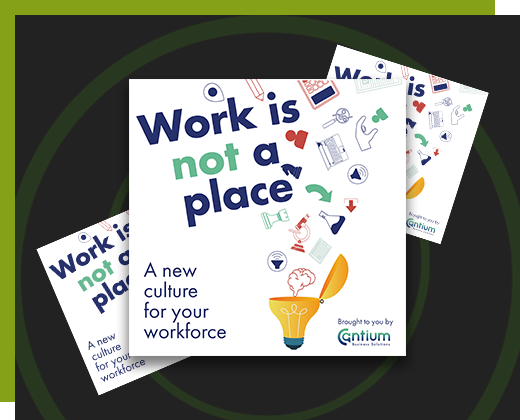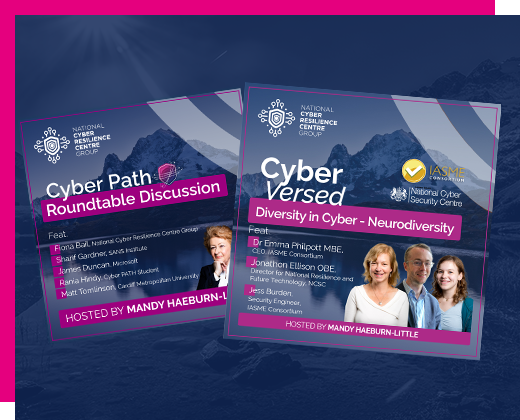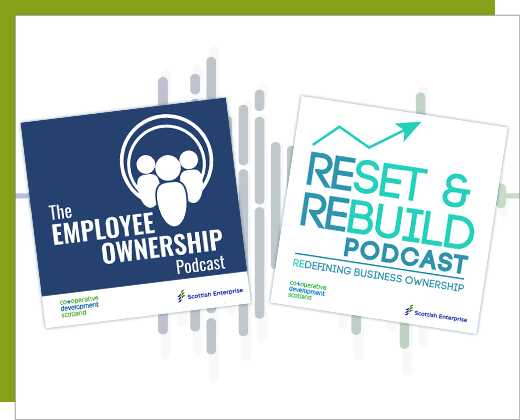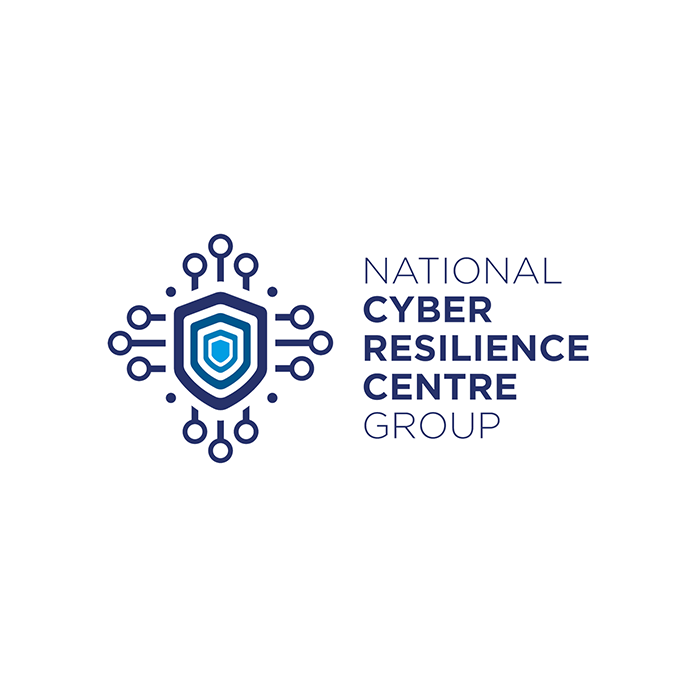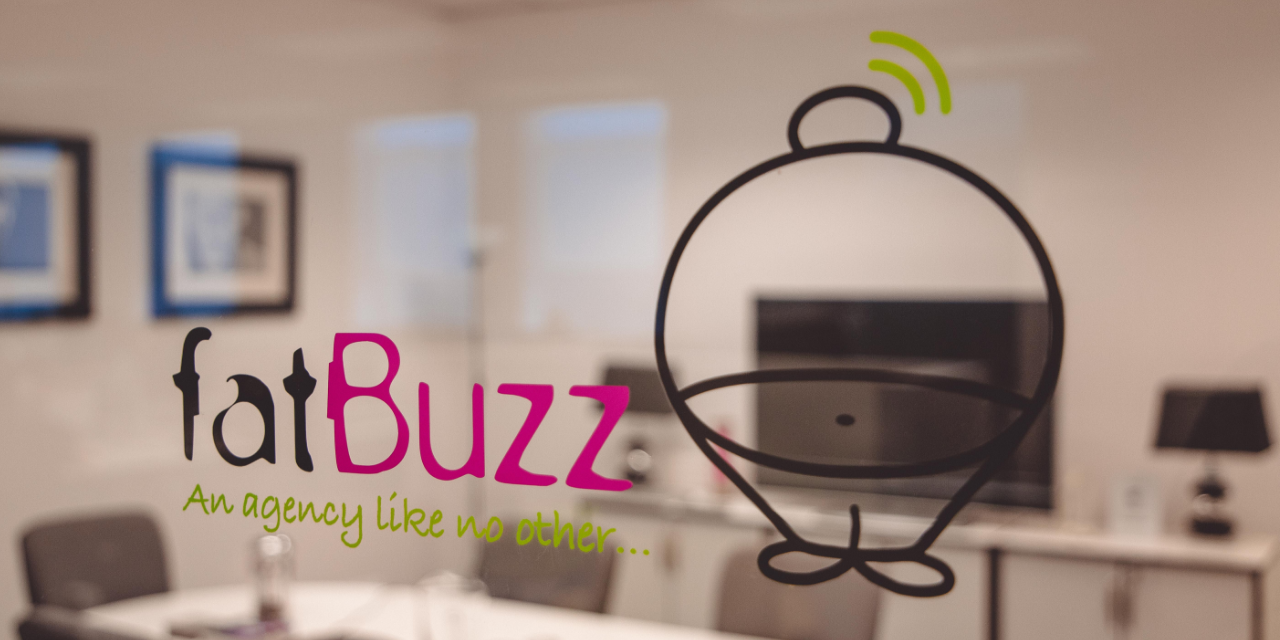WHY PODCASTS?
The popularity of podcasting makes it a worthwhile consideration for many businesses. Around 23.5% of all internet users listen to podcasts, highlighting the potential benefit to your business. If this sounds like something you would like to explore, our marketing team will be happy to discuss the options. We can manage every aspect of your podcast, from recording to distribution on all the major podcast channels.
The different elements that we can provide include the following:
- Capture – recording the podcast sessions
- Editing
- Graphics – design and provision of cover graphics
- Publishing – set-up accounts on podcasts platforms (iTunes, Spotify, Google, and other specialist channels)
- Reporting – download analytics
- Promoting – marketing the podcast to target audiences
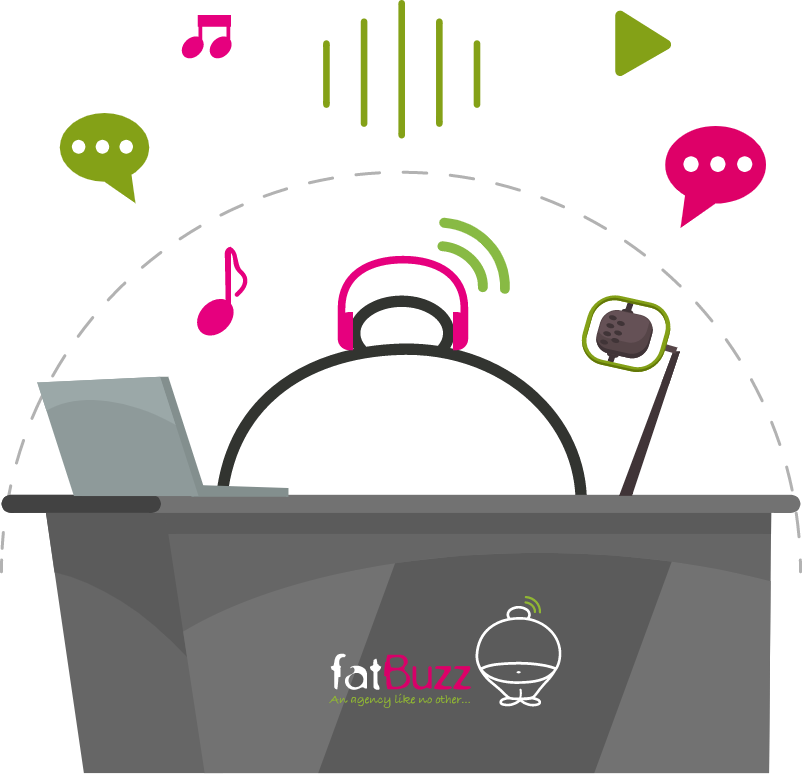
THE PROCESS
Our team captures the content using Zoom. If the podcast requires video, this will be edited so that the speakers appear like a two-camera production with only one speaker’s face on the screen at any time.
We can also add branding and name captions when the speakers first appear to create informative content.
We also offer audio only where we can strip the audio out of the Zoom recording and edit it for use in a podcast.
ONBOARDING
Initial meeting to establish your goals
STRATEGY
Planning the correct format for your podcast, guests and topics of discussion

RECORDING/EDITING
Recording your podcast and performing necessary edits

ROLLOUT
Posting your completed podcast to all major platforms
